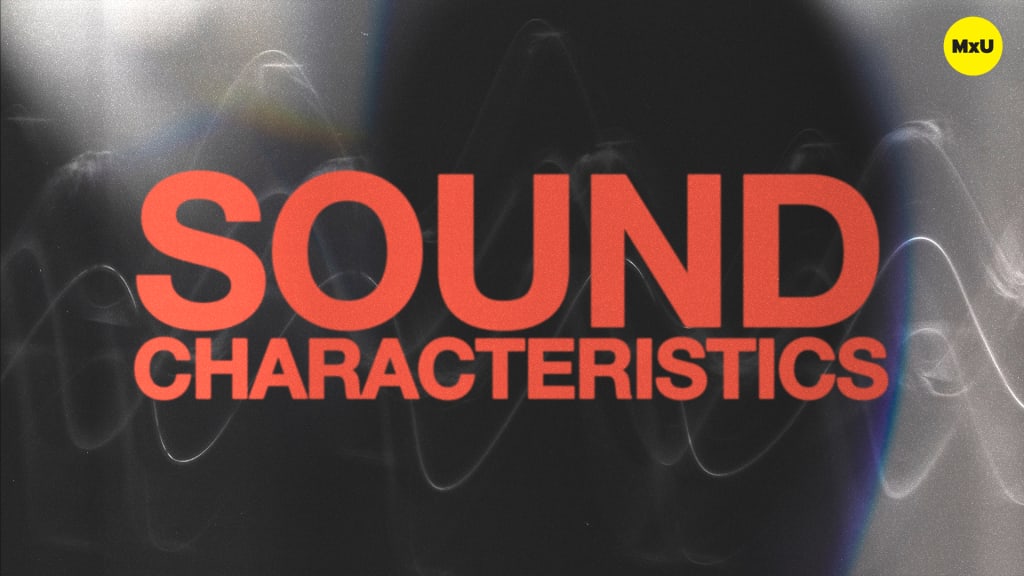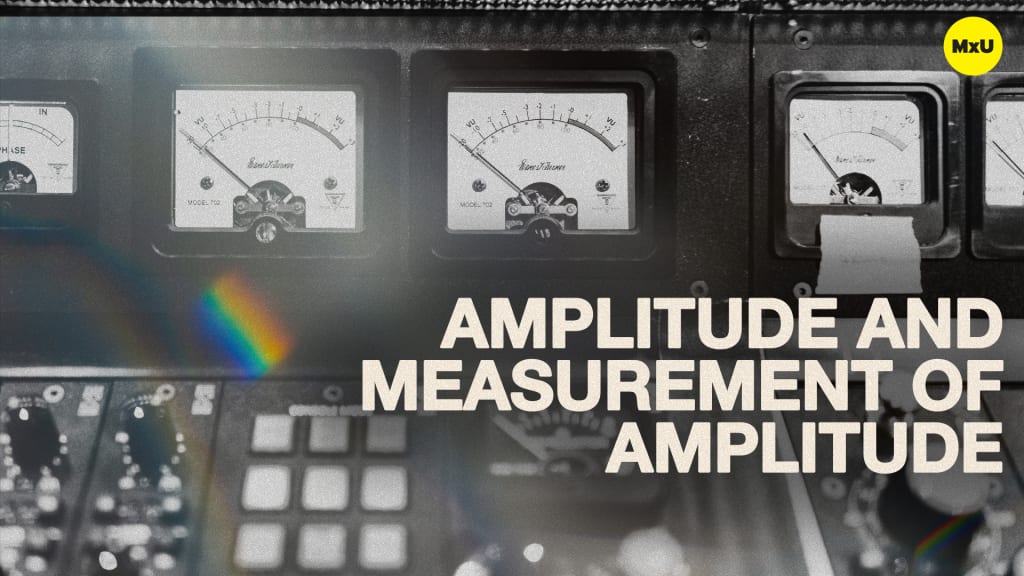Frequencies and Hearing
No actions available
Frequency is the key to understanding how the science of sound, human hearing, and music collide. Having a firm grasp on frequency is essential to becoming a better audio engineer.
Key Points:
Key Points:
- Sound operates in waves.
- The repetition of a sound wave is called a waveform. Each waveform repetition is called a cycle. One compression plus one rarefaction completes the cycle.
- The amount of cycles in any given amount of time is referred to as frequency, or cycles per second (CPS). For example, 100 Hz means 100 cycles (one compression plus one rarefaction) occurring 100 times per second.
- The lower the frequency the slower it is. The higher the frequency the faster it is.
- Frequency is interconnected with pitch and is measured in hertz (Hz). The lower the hertz (frequency) the lower the note or pitch. The higher the hertz (frequency) the higher the note or pitch. This means every frequency on the spectrum will correspond with a note on the musical scale.
- The human range of hearing at birth is from 20 Hz to 20,000 Hz. (**Interesting fact: As we age, a human’s range of hearing decreases, specifically our higher frequency hearing.*) The concept of “20 to 20” in audio engineering comes from this range of human hearing. This is important to understand when mixing for an audience.
Pro tip: Understanding frequency not only provides insight into pitch and the musical scale, but it also explains why certain instruments can produce lower and higher notes, what sounds are pleasing to the human ear, and how to spec out that next piece of audio equipment you need to purchase.
This video is part of a series we filmed back-to-back. Check out the previous video or watch the entire series in the Intro to Audio Fundamentals playlist.
This video is part of a series we filmed back-to-back. Check out the previous video or watch the entire series in the Intro to Audio Fundamentals playlist.
Courses
Categories
Audio
101
Team Videos
Premium Videos
Nothing added









